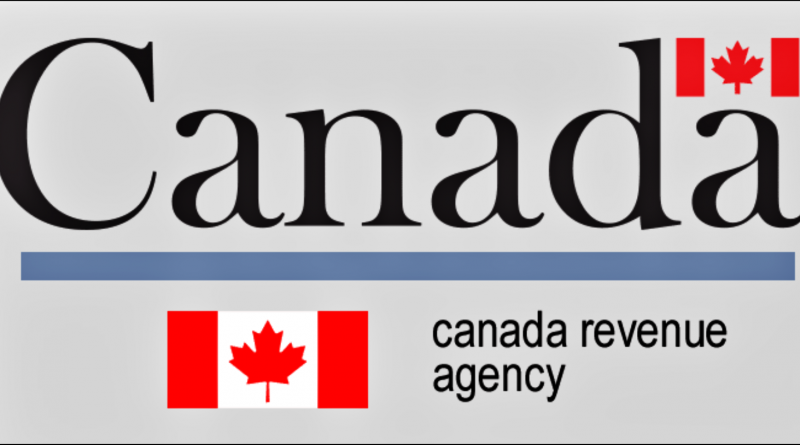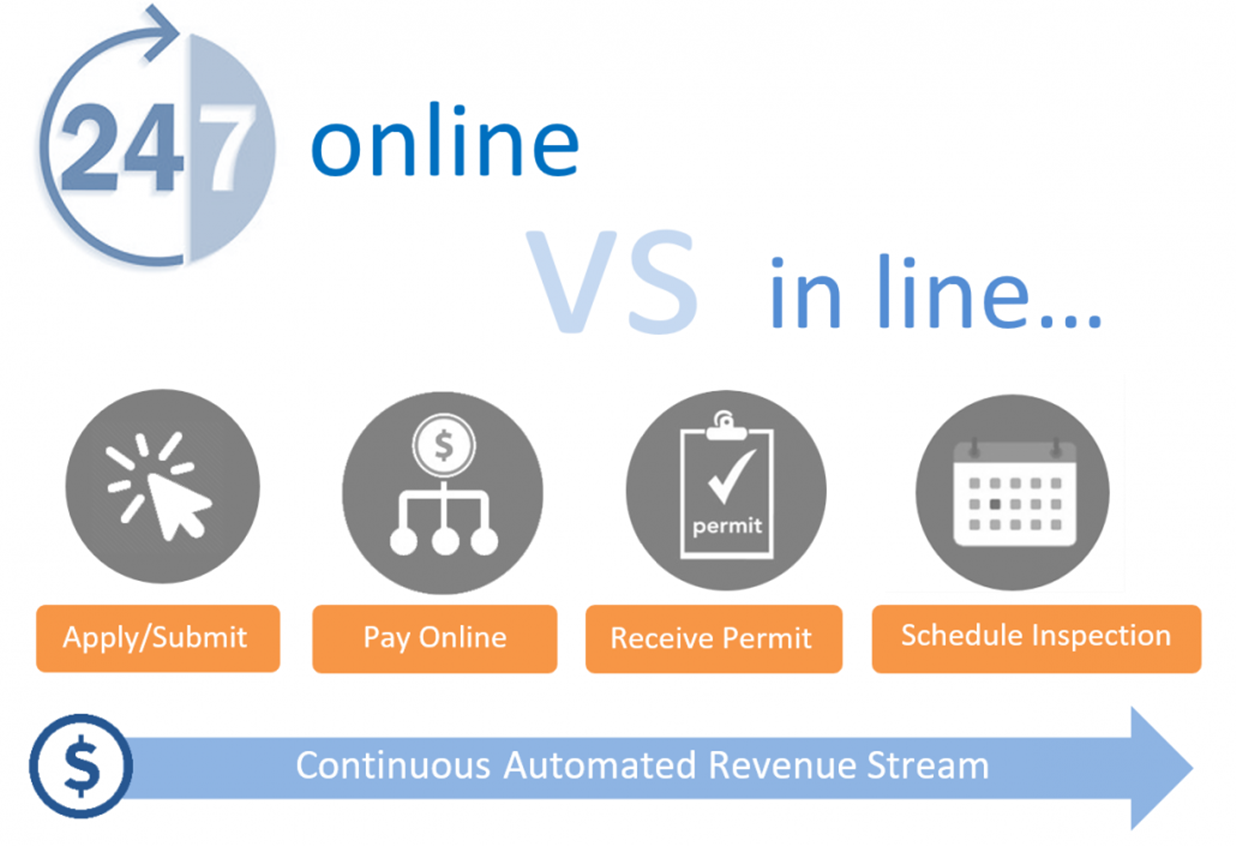S5-F1-C1: Determining an Individual’s Residence Status
1.27 Generally, a lease to a third party would have to be on arm’s length terms and conditions for a dwelling place located in Canada not to be considered a significant residential tie with Canada, as discussed in ¶1.12. However, in certain situations, particularly where the non-resident individual acquiring the dwelling place has never previously been resident in Canada, a dwelling place that is leased on non-arm’s length terms and conditions to a third party (other than the individual’s spouse, common-law partner, or dependant), may be considered not to be a significant residential tie with Canada. For example, where a non-resident individual with no existing residential ties with Canada acquires a dwelling place in Canada and leases that dwelling place to his or her sibling (or to some other relative other than a spouse, common-law partner, or dependant) for a rent that is substantially lower than the fair market rental value of the property, that dwelling place will usually not be a significant residential tie to Canada for that individual.
Date resident status acquired
1.28 Where an individual enters Canada and establishes residential ties with Canada as described in ¶1.25 and 1.26,the individual will generally be considered to have become a resident of Canada for tax purposes on the date the individual entered Canada (but see ¶1.32 for comments on sojourners).
More information
1.29 For general tax information as well as access to useful pamphlets and guides designed specifically for individuals immigrating to Canada, see Newcomers to Canada (immigrants) and Pamphlet T4055, Newcomers to Canada.
Deemed residents of Canada – subsection 250(1)
Subsection 250(1) – overview
1.30 An individual who is resident in Canada on the basis of the factors discussed in ¶1.10 – 1.15 or ¶1.25 – 1.27 — that is, a factual resident of Canada — cannot be a deemed resident of Canada under subsection 250(1). Thus,subsection 250(1) does not have any application until it has been determined that the individual is not factually resident in Canada. The distinction between factual resident status and deemed resident status carries with it varying, but significant, tax consequences, due to the importance of residence status for provincial tax purposes and the possible impact of section 114 (see ¶1.32 and Interpretation Bulletin IT-262R2, Losses of Non-Residents and Part-YearResidents). Among other things, because an individual who is deemed to be resident in Canada undersubsection 250(1) is not factually resident in Canada, he or she will not be resident in a particular province for provincial tax purposes (but see the discussion in ¶1.31 regarding the situation of deemed residents of Quebec).
This means that:
- the individual will be required to pay the federal surtax in accordance with subsection 120(1), which may be higher or lower than what the individual would pay as provincial tax if he or she were resident in a particular province;
- the individual will not be entitled to any provincial tax credits (refundable or otherwise) that might otherwise be available to the individual (for example, some provinces provide tax credits with respect to property taxes or rental costs associated with an individual’s primary dwelling place); and
- the individual will not be entitled to any direct, tax-based, provincial benefits (for example, provincial payments in respect of dependent children or infirm family members).
1.31 An individual who resides in the province of Quebec immediately prior to leaving Canada, and who is deemed to be resident in Canada under subsection 250(1), may be deemed to be a resident of Quebec while abroad under the laws of that province. An individual who is required to pay both the Quebec provincial tax and the federal surtax may apply to the CRA for relief from the federal surtax at the time of filing his or her return.
Sojourners as deemed residents
1.32 An individual who has not established sufficient residential ties with Canada to be considered factually resident in Canada, but who sojourns (that is, is temporarily present) in Canada for a total of 183 days or more in any calendar year, is deemed to be resident in Canada for the entire year, under paragraph 250(1)(a). As a result, an individual who sojourns in Canada for a total of 183 days (or more) is taxed differently under the Act than an individual who is factually resident in Canada throughout the same period of time and has subsequently become a non-resident. In particular, an individual who is factually resident in Canada for part of a year is only taxed on his or her worldwide income for that part of the year, in accordance with the rules under section 114. An individual who is deemed to be resident in Canada pursuant to paragraph 250(1)(a) is liable for tax on his or her worldwide income throughout the year.
1.33 The CRA considers any part of a day to be a day for the purpose of determining the number of days that an individual has sojourned in Canada in a calendar year. However, it is a question of fact whether an individual who is not resident in Canada is sojourning in Canada. An individual is not automatically considered to be sojourning in Canada for every day (or part day) that the individual is present in Canada; the nature of each particular stay must be determined separately. To sojourn means to make a temporary stay in the sense of establishing a temporary residence, although the stay may be of very short duration. For example, if an individual is commuting to Canada for his or her employment and returning each night to his or her normal place of residence outside of Canada, the individual is not sojourning in Canada. On the other hand, if the same individual were to vacation in Canada, then he or she would be sojourning in Canada and each day (or part day) of that particular time period (the length of the vacation) would be counted in determining the application of paragraph 250(1)(a). In distinguishing a commuter from a sojourner, relevance should be placed on the country in which an individual spends his or her time away from work. In other words, an individual who comes to Canada for work purposes may nevertheless be considered sojourning in Canada if that individual does not leave the country to spend his or her time away from work.
Other deemed residents
1.34 In addition to individuals sojourning in Canada for a total of 183 days (or more) in any calendar year (see ¶1.32and 1.33), subsection 250(1) ensures that any individual (other than a factual resident of Canada) who is included in any one of the following categories, is deemed to be a resident of Canada:
- individuals who were members of the Canadian Forces at any time in the year;
- individuals who were officers or servants of Canada or a province, at any time in the year, who received representation allowances or who were factually or deemed resident in Canada immediately prior to appointment or employment (see ¶1.35) by Canada or the province;
- individuals who performed services, at any time in the year, outside Canada under an international development assistance program of the Canadian International Development Agency described in section 3400 of the Regulations, provided they were either factually or deemed resident in Canada at any time in the three month period prior to the day the services commenced;
- individuals who were, at any time in the year, members of the overseas Canadian Forces school staff who have filed their returns for the year on the basis that they were resident in Canada throughout the period during which they were such members;
- individuals who were at any time in the year a child of, and dependent for support on, an individual describedin (a) to (d), and whose income for the year did not exceed the basic personal amount for the year; and
- individuals who at any time in the year were, under an agreement or a convention (including a tax treaty) between Canada and another country, entitled to an exemption from an income tax that would otherwise be payable in that other country in respect of income from any source, and:
- the exemption under the agreement or convention applies to all or substantially all of their income from all sources (that is, they are subject to tax in the other country on less than 10% of their income as a result of the exemption); and
- the individuals were entitled to the exemption because they were related to, or a member of the family of, an individual (other than a trust) who was resident (including deemed resident) in Canada at the particular time.
1.35 For purposes of (b) above, it is the CRA’s position that the phrase immediately prior to appointment or employment refers to the time immediately prior to the time at which the individual is hired. For greater certainty, it does not refer to the time immediately prior to the time the individual starts work.





